The Roman Agora of Athens (or the Roman Forum) was an important marketplace and meeting point during the Roman Era in ancient Athens. It was constructed with donated funds by Julius Caesar and Augustus between 19 and 11 BCE.
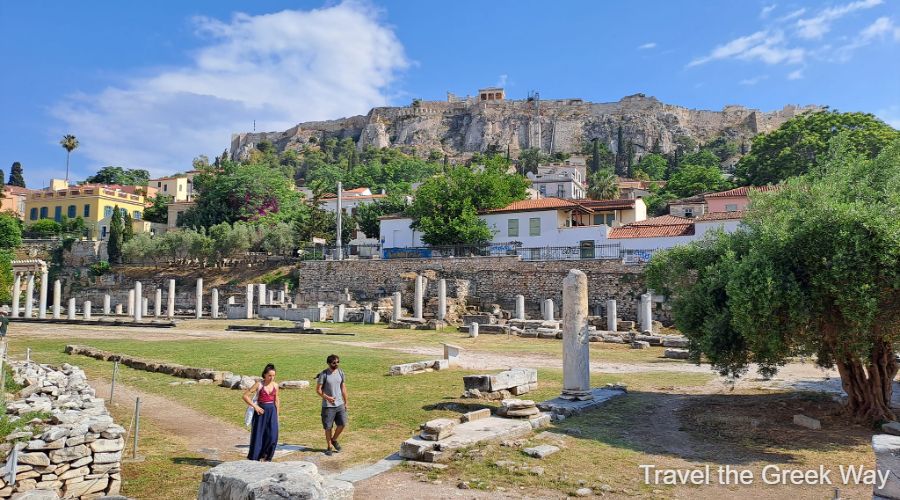
It is located on the north side of the hill of Acropolis, in charming Plaka, Athens’ old area, quite close to the Library of Hadrian and the Ancient Agora of Athens. The location was strategically chosen as it was close to the Acropolis, the most important religious and symbolic site of the city, and the Ancient Agora, the center of the commercial and political life of the time.
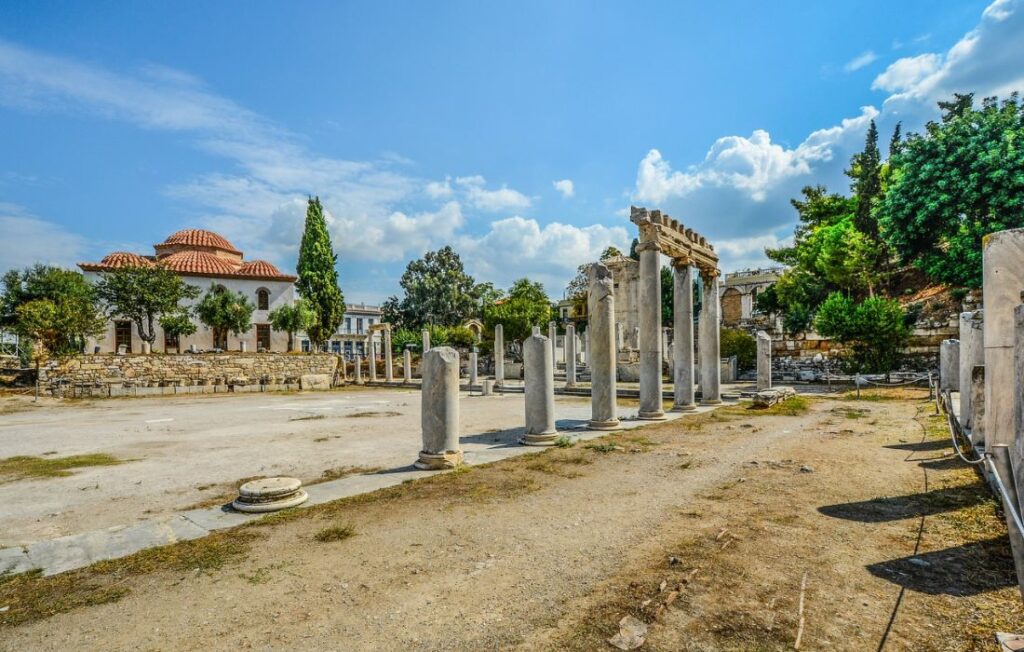
The Roman Agora of Athens consists of a large, open-air courtyard surrounded by colonnades on all four sides covered in shops of all kinds and offices. In other words, the Roman Agora of Athens was the shopping Mall of Roman Athens!
This guide to Roman Agora of Athens includes information about:
- What an Agora is
- Where exactly the Roman Agora of Athens is located
- How to get to the Roman Agora
- What are the entrance fees and the operation hours
- Historical facts about the Roman Agora of Athens and some info about Great Alexander
- Where to stay close to the best monuments in Athens!
*Some of the links below are affiliate links. If you click and buy something through them, I may earn a small commission — which costs you absolutely nothing!
My Latest Video on Roman Agora
Last March I walked around central Athens to some of my favorite archaeological sites: From Monastiraki Square to Hadrian’s Library and from the Roman Agora to Athens’ ancient Cemetery Kerameikos. If you also love cats I register a few of them all around the place 😀
What is an Agora?
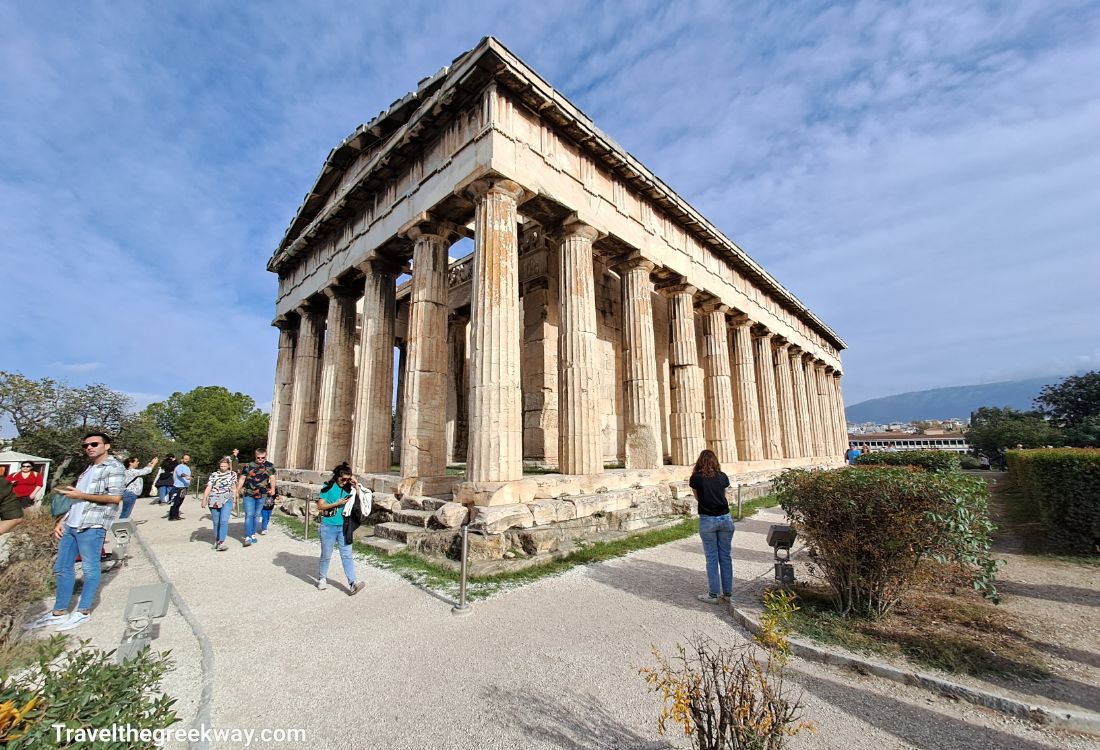
Before we go on, let’s make it clear what an Agora is, in case you are wondering about it:
Agora in ancient Greek city-states was a specific area, usually in the center of the city or near a port with a variety of buildings, for administration, religion, shopping, or recreational reasons.
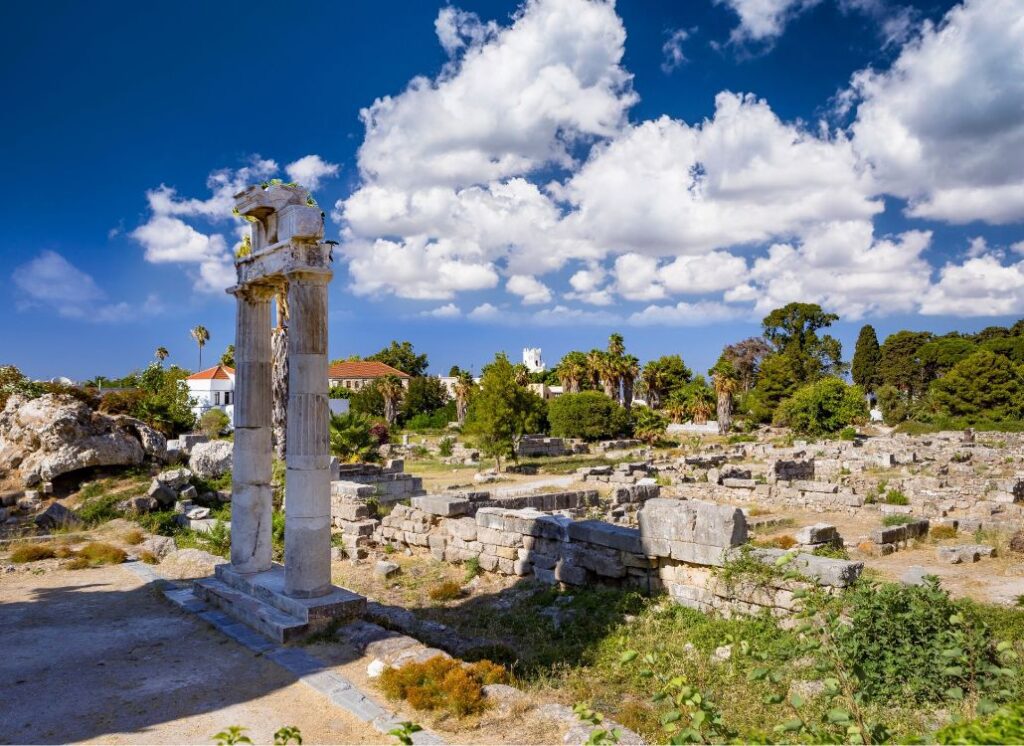
Agora in other words was the religious, political, judicial, social, philosophical, and commercial center. Literally, everything was happening in Agoras, from significant meeting points to voting, discussing new ideas, judging, and shopping. Agoras were the beating heart of the city.
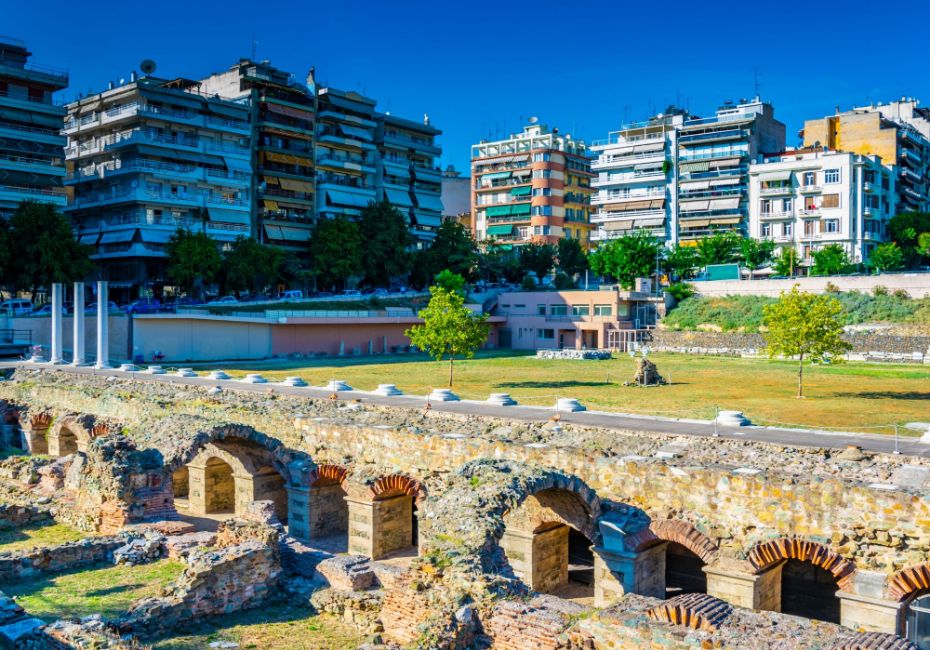
Agoras in Greece
Other Agoras in Greece are:
- The Roman and Ancient Agora of Athens
- The Roman Agora of Thessaloniki, located on the upper side of Aristotelous Square
- The Ancient Agora of Kos island
- Ancient Agora of Thasos island
- Ancient Agora of Corfu island
- The Ancient Agora of Megalopolis in the Peloponnese
- The Ancient Agora of Argos in the Peloponnese
Short History of the Two Agoras in Athens
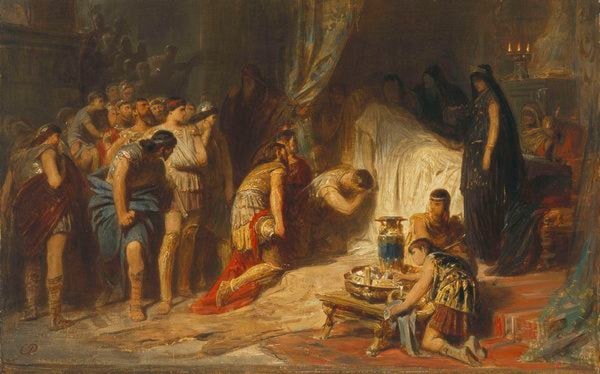
The ancient Greek city-states were (unhappily) part of the Macedonian Empire when Alexander the Great died in 323 BCE. From that moment and for the next 48 years his generals fought ferociously over succession, known as the Wars of the Diadochi (succession wars between 323-275 BCE).
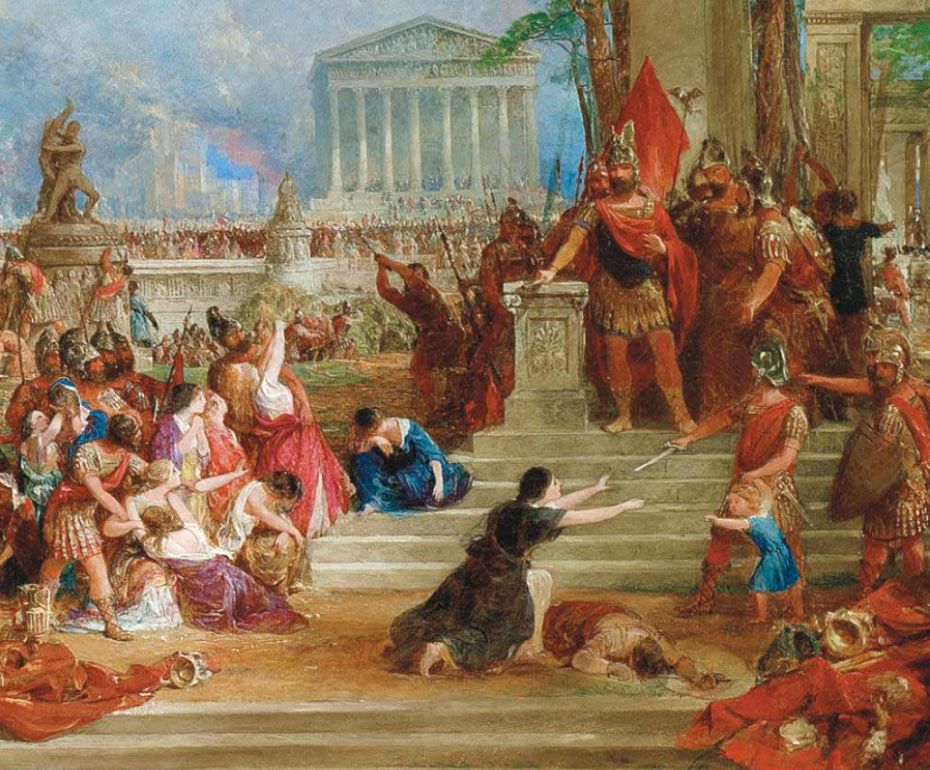
In 214 BCE Romans, who wanted to expand their territory, declared war on Macedonia which was completely defeated in 168 BCE. 22 years later, in 146 BCE, in the battle of Corinth (which was destroyed by the Romans), Greece became a Roman province.
Related Book: Corinth, The History and Legacy of the Ancient Greek City-State
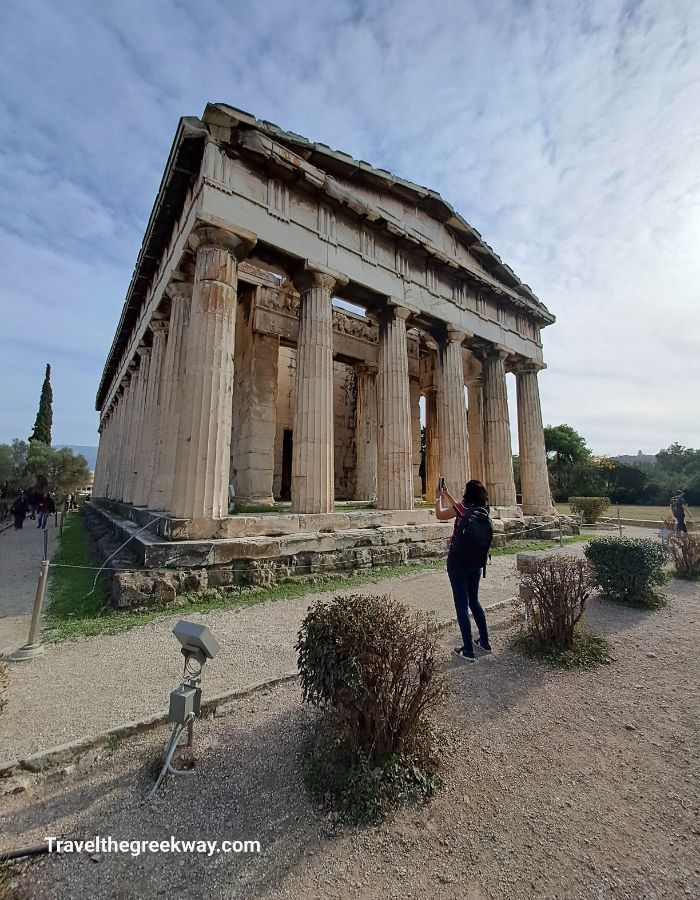
Since the time of Peisistratus (d. c. 528 BCE), a ruler of Athens, the cultural, political, philosophical, and commercial meeting point was the Ancient Agora of Athens. Even though it was destroyed and rebuilt quite a few times throughout the centuries, it remained one of the most important centers of political and cultural Athens.
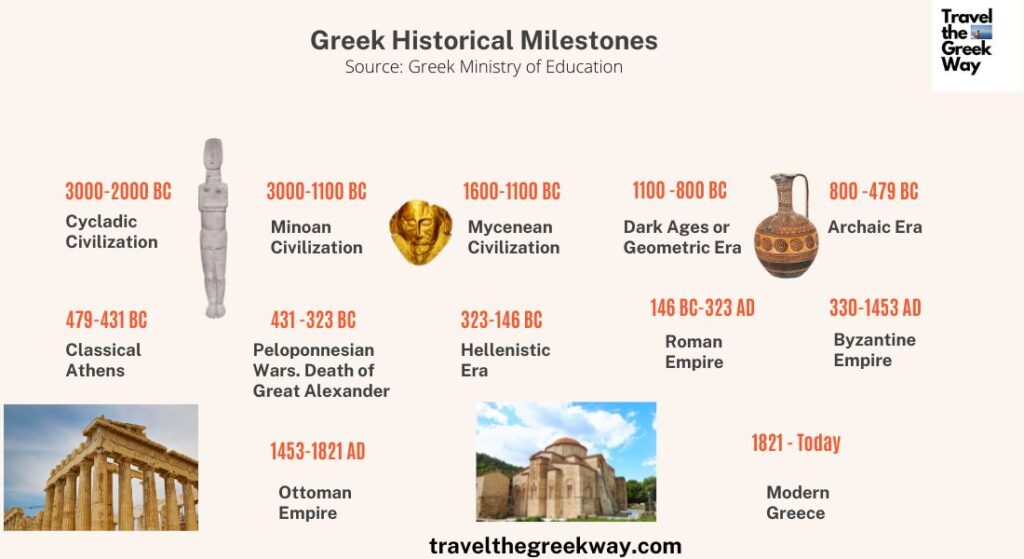
However, since the 1st century BCE, the Ancient Agora was transformed into a residential and monumental area as it was occupied by various new Roman buildings like the Odeon of Agrippa. But in this way, the merchants lost valuable space.
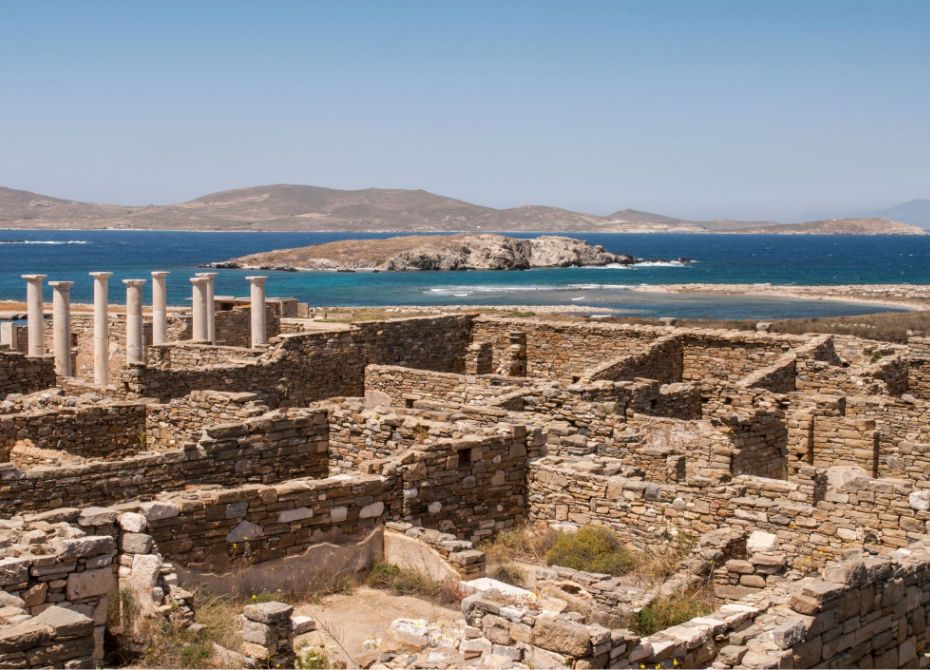
It should be noted that after 80 BCE more and more merchants flocked to Athens, because the great market of Delos, which was destroyed in the Second Mithridatic War, was closed.
The foundation of a new commercial Agora was imperative. The Athenians, through their ambassador Herod of Marathon, succeeded in obtaining financial support from Julius Caesar and Augustus and they started building the Roman Agora of Athens.
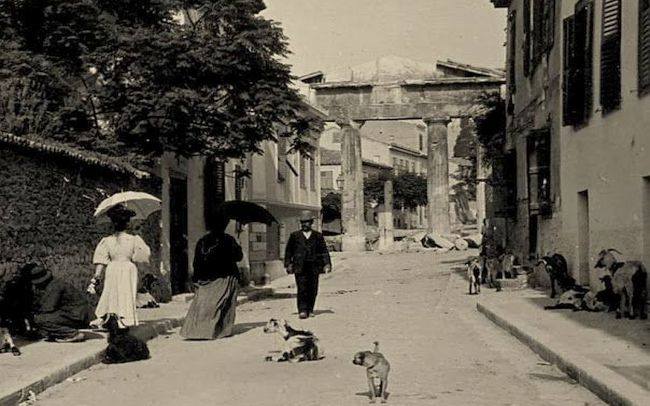
After the Byzantine Empire was established in Greece, the Roman Agora of Athens was occupied by private houses and churches, and during the Ottoman Empire, a mosque was added. Excavations were started by the Greek Archaeological Society in 1837 and continued until 1991.
Suggested Read: Ancient Greek Mythology Book for Adults by Stephen Fry.
The Roman Agora of Athens Monuments
The Roman Agora’s main entrance today is through the Gate of Athena Archigetis. However, in Roman times, there were two gates, the western Athena Gate and the eastern Propylon (or entranceway) which led to the public latrines and the Tower of Winds.
But let’s walk around the site from its main entrance:
Gate of Athena Archigetis (Athena Leader)
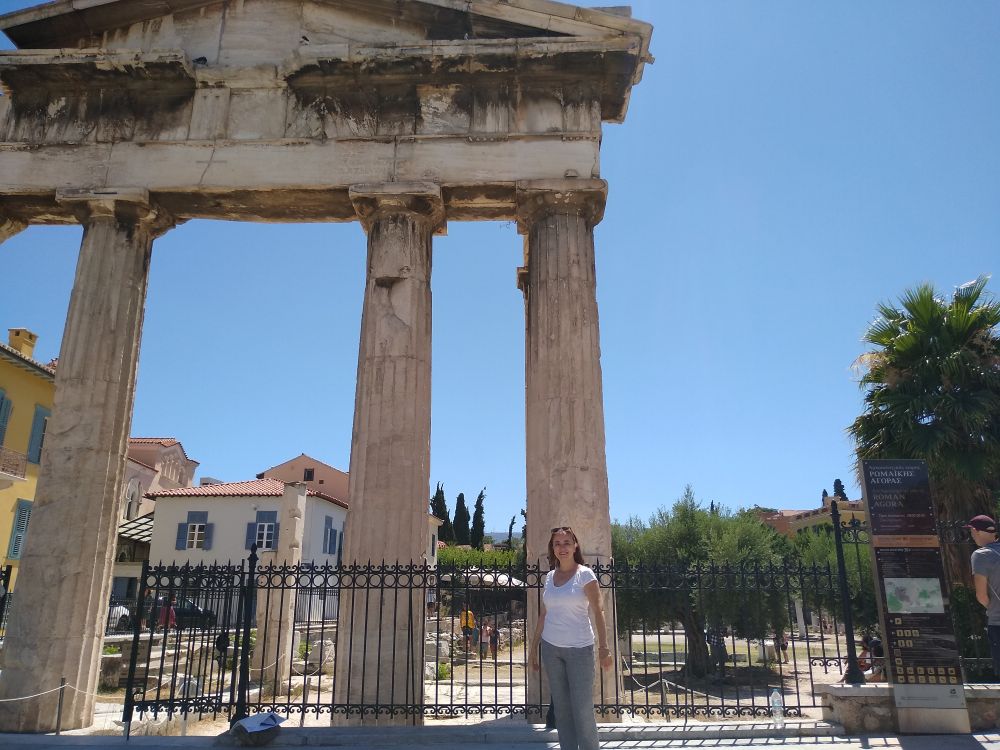
The Gate of Athena Archigetis is built entirely of Pentelic marble and has 4 massive Doric columns.
On the top of the Gate, there is an inscription on its architrave (the main beam resting across the tops of columns), which states that it was built from the donations of Julius Caesar and Augustus and was dedicated by the Municipality of Athens to Athena the Archigetis during the reign of Nikios.

The text says:
“THE CITY FROM THE DONATIONS GIVEN BY THE SON OF JULIUS CAESAR THE GOD / AND THE EMPEROR CAESAR THE GOD / THE SON OF THE REVERED SON OF THE EMPEROR CAESAR / THE CHIEF GENERAL OF ATHENS, WHO COMMANDED THE SOLDIERS OF EUCLES MARATHON / AND SUCCEEDED TO THE CUSTODY OF HIS FATHER, HIS HERO AND AMBASSADOR / ON THE THRONE OF NICIAS THE SARAPION OF ATHOS”.
During the reign of Emperor Hadrian (2nd century AD), another inscription was added to the gate which defined the tax obligations of the oil merchants (business is business no matter the century!).
The Tower of the Winds (Roman Agora of Athens)
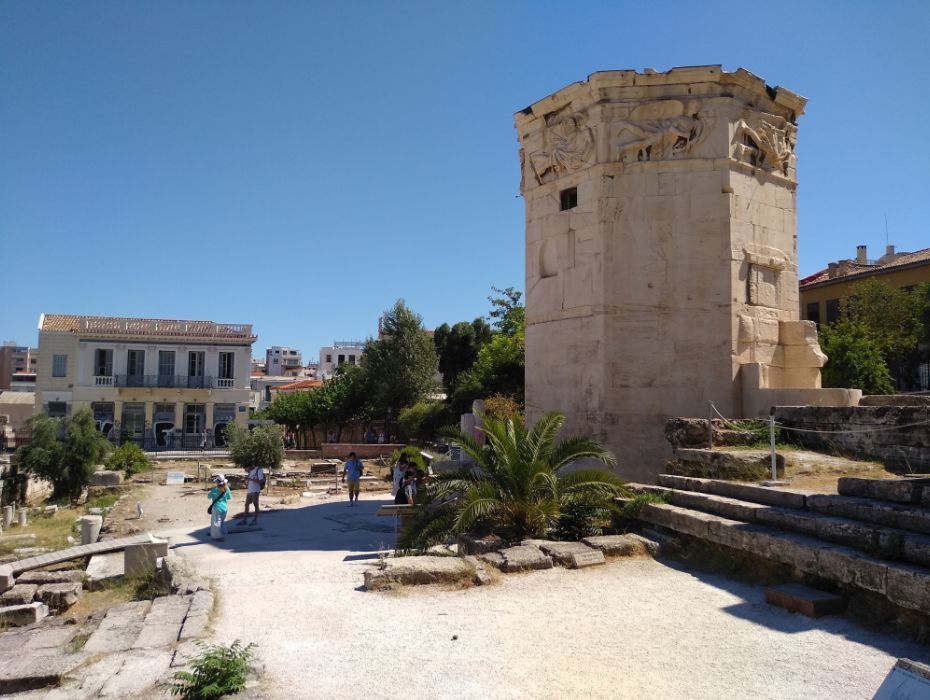
The Tower of the Winds or the Horologion of Andronikos Kyrrhestes, or Aerides (winds in Greek) is the most famous building of the Roman Agora of Athens. It was built during the late Hellenistic period, quite possibly at the end of the 2nd century BCE by the famous astronomer Andronicos, from Kyrrhos in Macedonia.
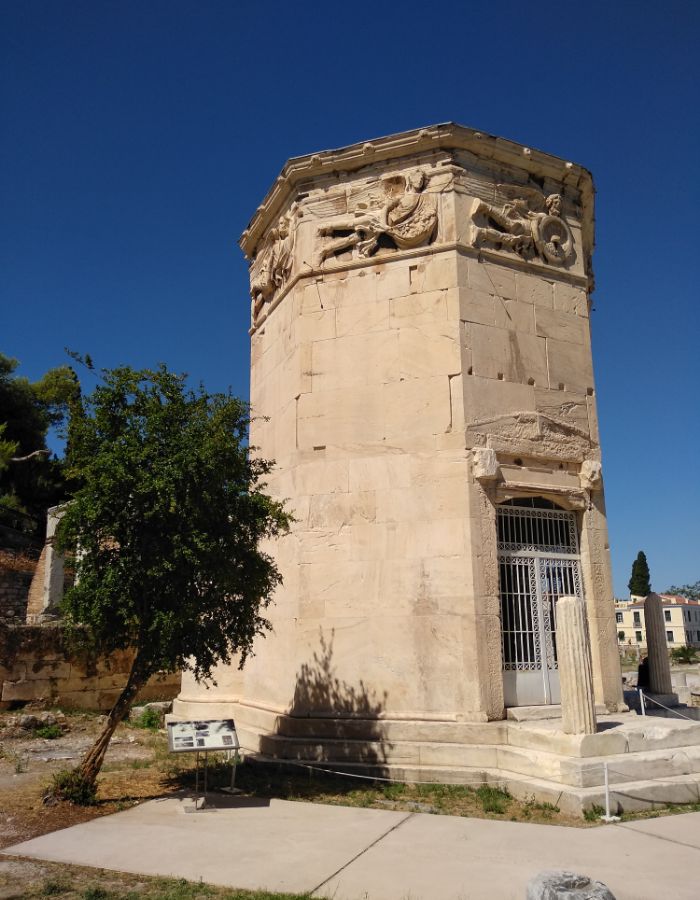
The beautiful and intact octagonal Pentelic-marble tower is the most photographed monument of the Roman agora and it was designed to be an elaborate water clock (on the inside), sundial (on the outside), and wind vane (on the top).
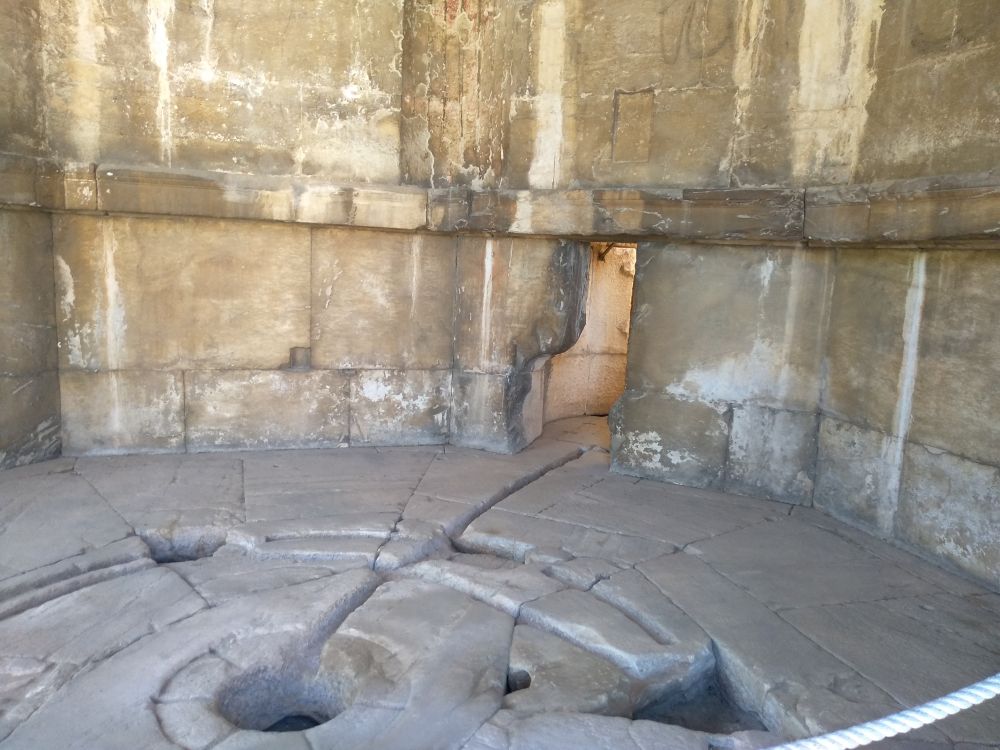
The hydraulic mechanism is quite complex and compares with the one of the Antikythera Mechanism. On the top of the building (13.8 meters high), there are 8 engraved personifications of wind, which are in excellent condition.
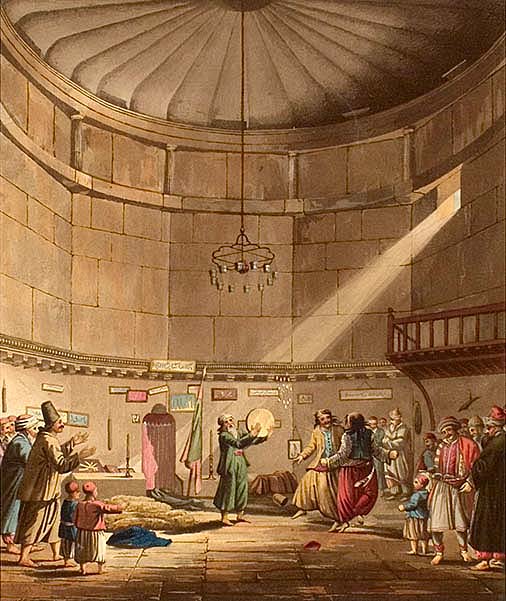
In the early Christian period, the Tower of the Winds was used as a bell tower of a Byzantine church, and in the 18th century, it was used as the tekke (Tekke is the Turkish word for the local meeting and living center of a Sufi fraternity and played a role in the Islamization of local peoples and cultures) of the Mevlevi Order, the famed “whirling dervishes”.
Elgin had planned to remove the whole building to England but because the Dervishes considered the Tower a holy place, they didn’t let him take it (Wish they had acted the same way with all the rest of the Greek monuments that Elgin took away).
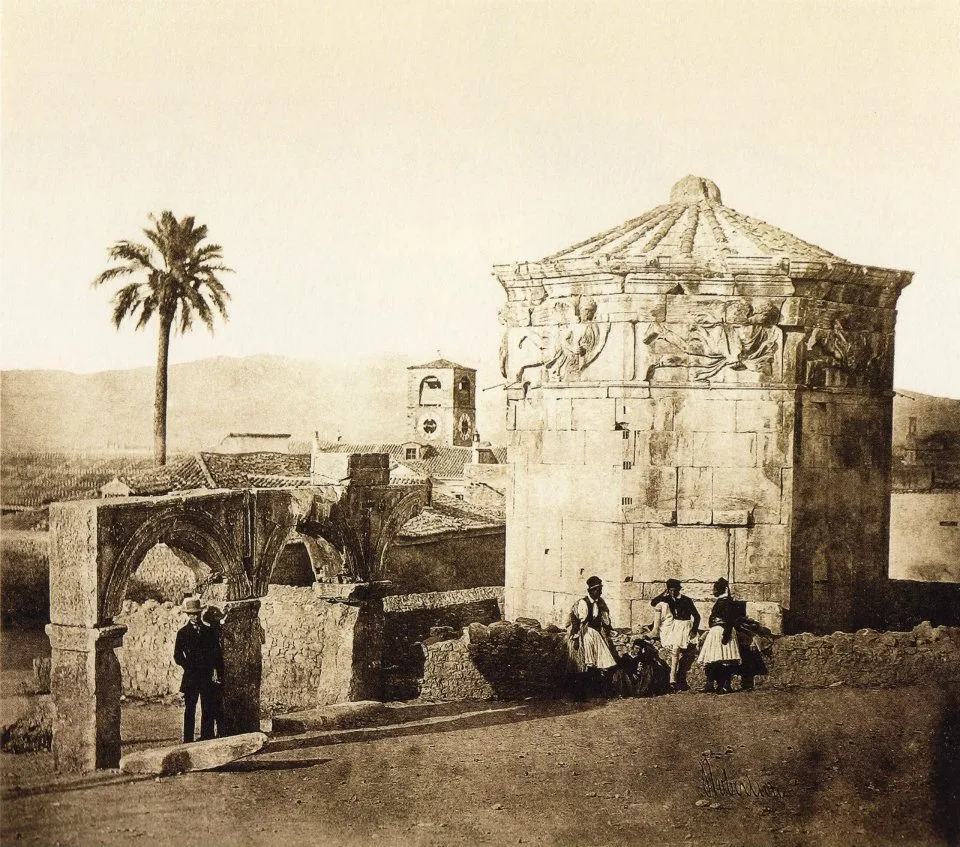
During this period the tower was buried at half its height, and traces of this can still be seen inside, while there are still Turkish inscriptions on the walls.
This monument is considered the oldest meteorological station in the world.
The Eastern Propylon
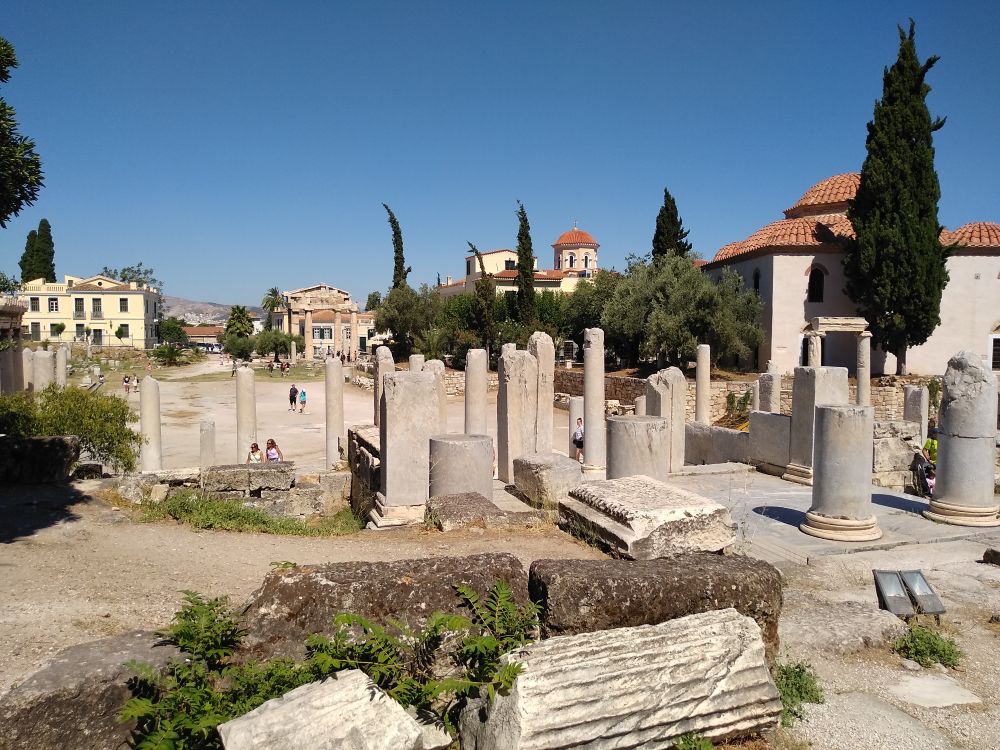
The Eastern Propylon was built c. 19-11 BCE of Hymettian marble and its four Ionic columns still stand today. It was the eastern entrance to the Roman Agora of Athens.
The Agoranomion
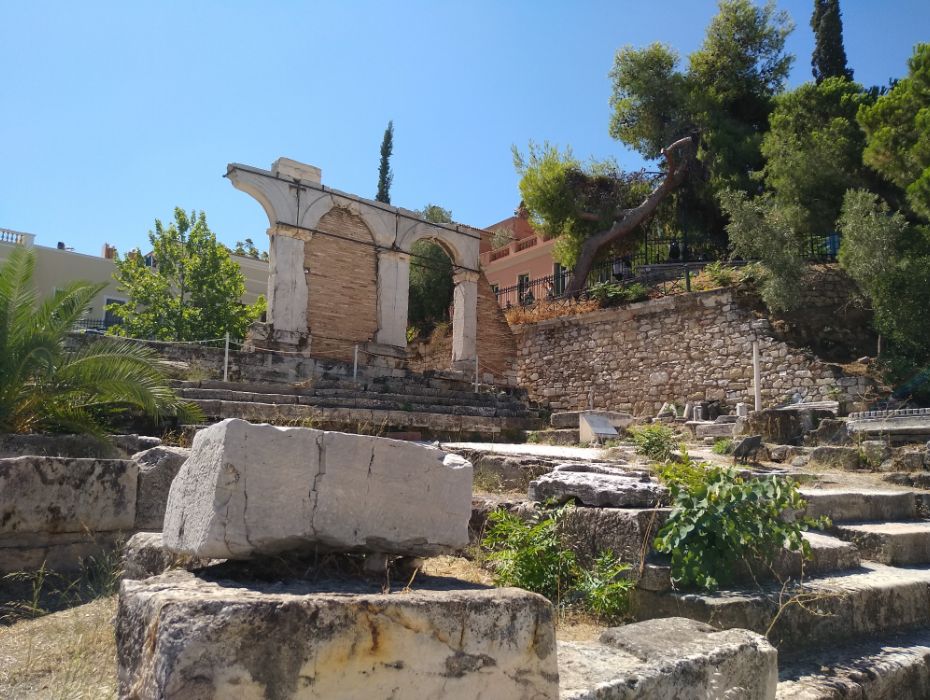
The Agoranomion, which stands next to the Tower of Winds, was built in the 1st century CE.
It is a building the identification of which is not yet ascertained. According to the inscription on the facade of the building, it was dedicated to Athena Archigetis and the Divi Augusti.
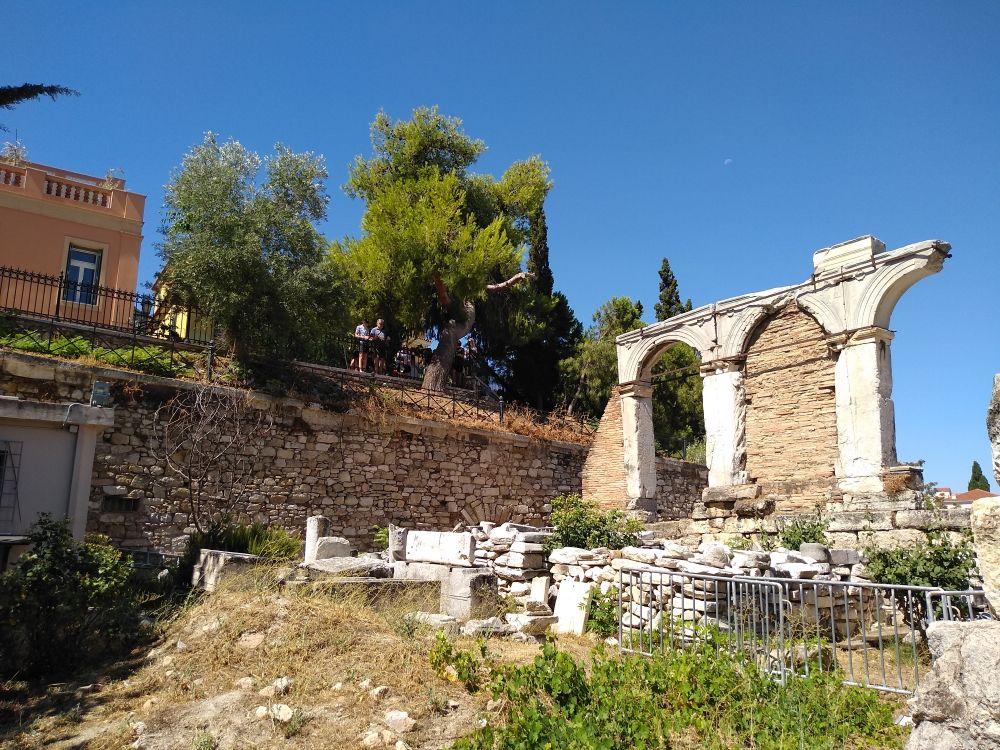
A wide staircase, part of the facade with three doors, as well as parts of the north and south walls are preserved. Unfortunately, a large part of the eastern side of the building lies under the street of Marcus Aurelius so we cannot complete the floor plan.
The Vespasianae (Latrines)
The Vespasianae is standing on the other side of the Tower of Winds and it was a public latrine. You can still see today the latrines and foundation but the building was destroyed at some point in the 3rd or 4th centuries CE.
Its use was defined in 1940 by Anastasios Orlandos (a famous Greek architect, historian, and leading researcher in ancient and Byzantine architecture). Beneath the benches was a deep sloping area to channel the impurities into the main city drain, with the continuous flow of water coming from the springs of the northern slope of the Acropolis.
Would you like to have history brought to life? Book a professionally guided tour to Athens Agora & Roman Agora!
The Fethiye Mosque (Camii), مسجد فتحية
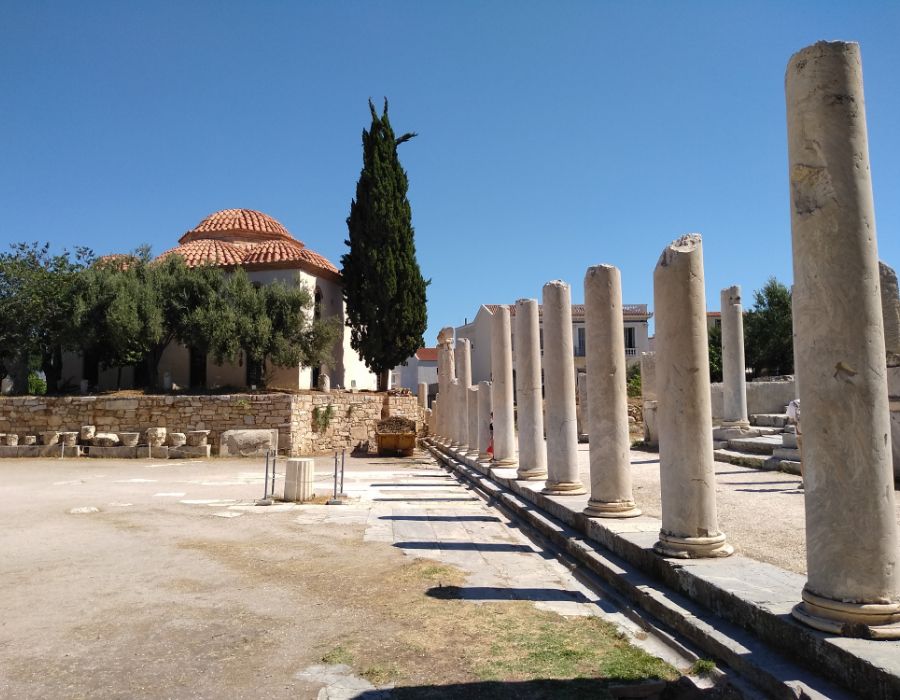
The Fethiye or the “Mosque of the Conquest”, or as it was commonly known, the “Wheatmarket Mosque” is a Sunni Mosque built between 1668 and 1670 CE.
In the same location, there was a three-tier, Basilica, a Byzantine church of the 8th or 9th century which was converted into a mosque in 1456/58, to honor the visit of Sultan Mehmed the Conqueror to Athens. This construction was torn down and the mosque was rebuilt in 1668.
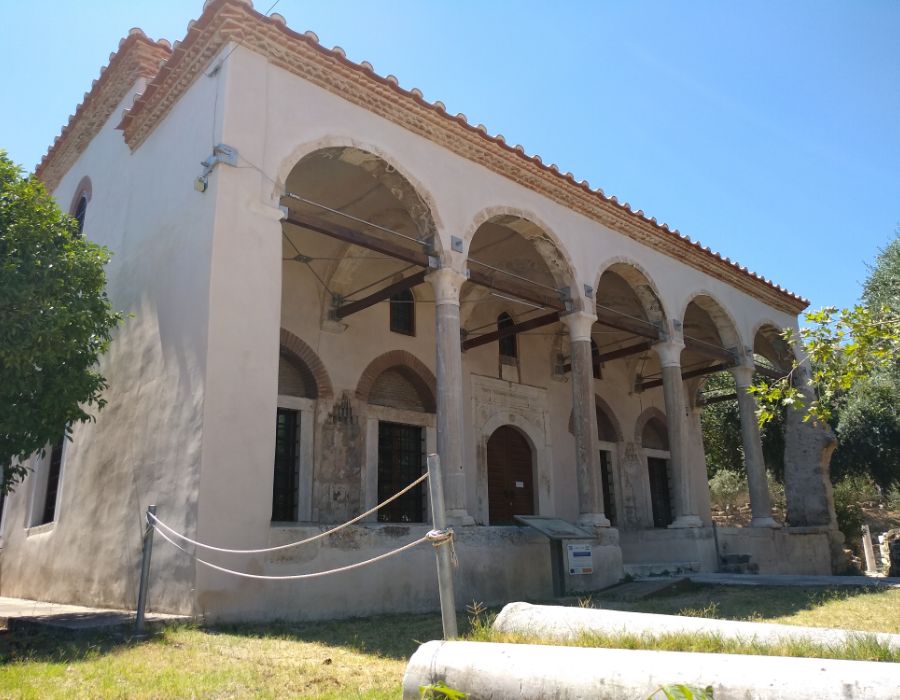
It is a large construction, with arches, domes, and pillars – built with the type of quatrefoil – creating a beautiful imposing building. It is a very interesting architectural type that resembles mosques found in Istanbul. During the Greek War of Independence and around 1824, its minaret was torn down. In the next decades, the mosque was used as a school, barracks, a military prison, and finally a military bakery.
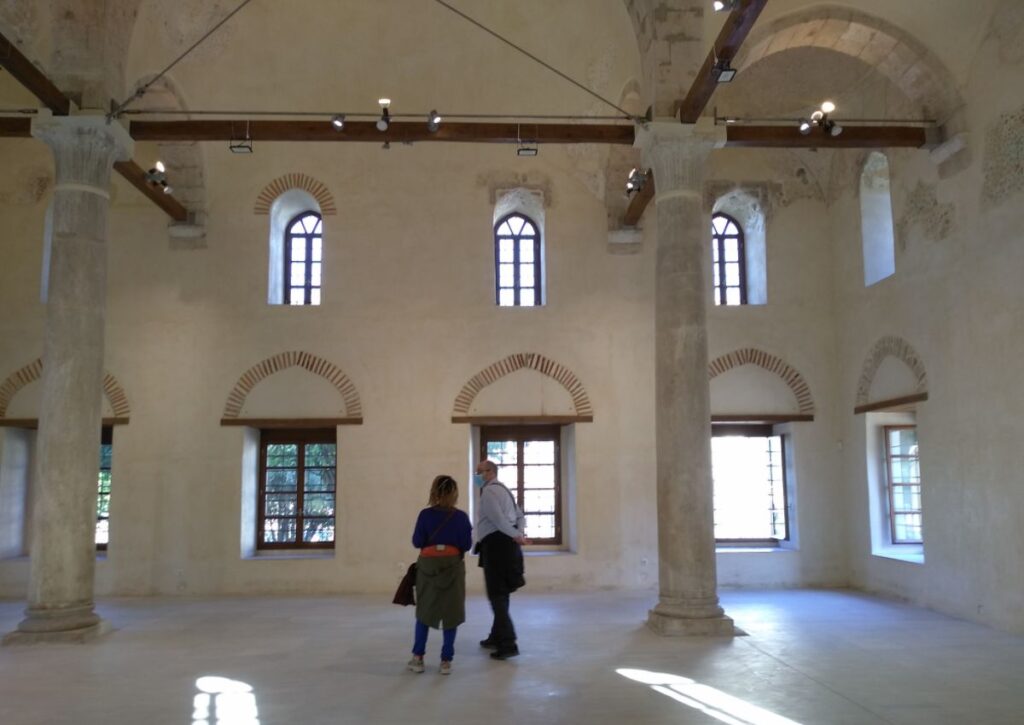
From the early 20th century it was used as a storage house for the findings from the Roman Agora of Athens. In 2010, after diagnosing the structural problems that the building was suffering at the time, the Greek Ministry of Culture restored, renovated it, and opened it to the public. There are also cultural events and exhibitions organized in the mosque.
The Fethiye is the oldest mosque in Athens, as the Tzisdarakis, the second mosque still standing in Athens on Monastiraki Sq, was built in 1759.
If you are interested in Athens’ Ottoman past, read here a detailed post on Ottoman monuments in Athens.
Where exactly is Roman Agora Located?
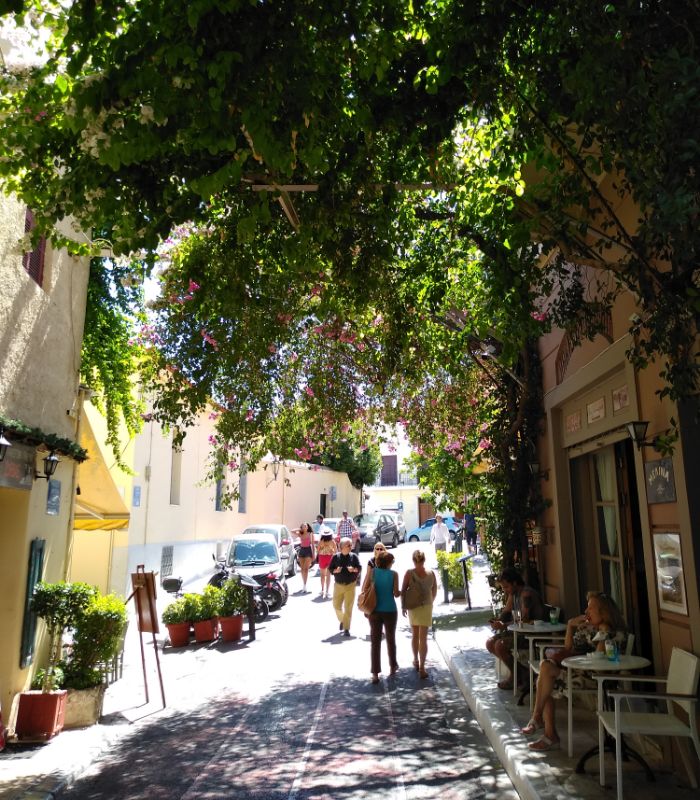
The Roman Agora is located in the oldest part of modern Athens, the Plaka area. Plaka is built on the north and east foothills of Acropolis Hill, with characteristic neoclassic buildings and patches of ancient ruins everywhere you go.
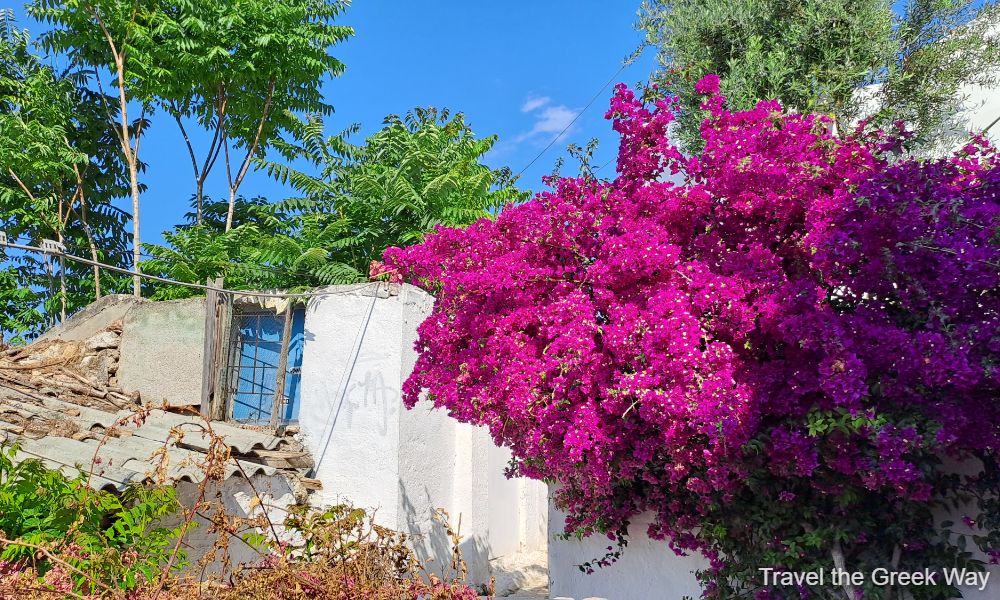
If you walk uphill and towards the Acropolis, you will find the iconic Anafiotika, which looks like a Cycladic island with tiny labyrinth-like alleys. Anafiotikia took its name from the Anafi island workers who came to Athens in the 19th century to work as builders. I suggest you walk all around it and discover the most historic area of Athens.
Tips for Visiting Roman Agora of Athens
Is Roman Agora Accessible?
Yes, it is. There is flat access.
Is there a WC inside the Roman Agora?
Yes, there is, free of charge, in the area of the tickets
Can I drink or eat inside the Agora?
You are not allowed to eat or drink inside the Agora, only water is allowed to carry around. There is no café/restaurant inside the site.
Recommended Guided Tours for Athens
I would highly recommend you book a Guided Tour of the Acropolis of Athens, Ancient Agora and Agora Museum (4 hours) with a local licensed guide (from the Greek Ministry of Culture). It will bring into life how Athens of the 5th century BC was.
If you would like to enjoy a full-day, private guide to all Athens Highlights, (8 hours) then this tour is highly recommended with a Badge of Excellence from Viator.
Where Best to Stay in Plaka
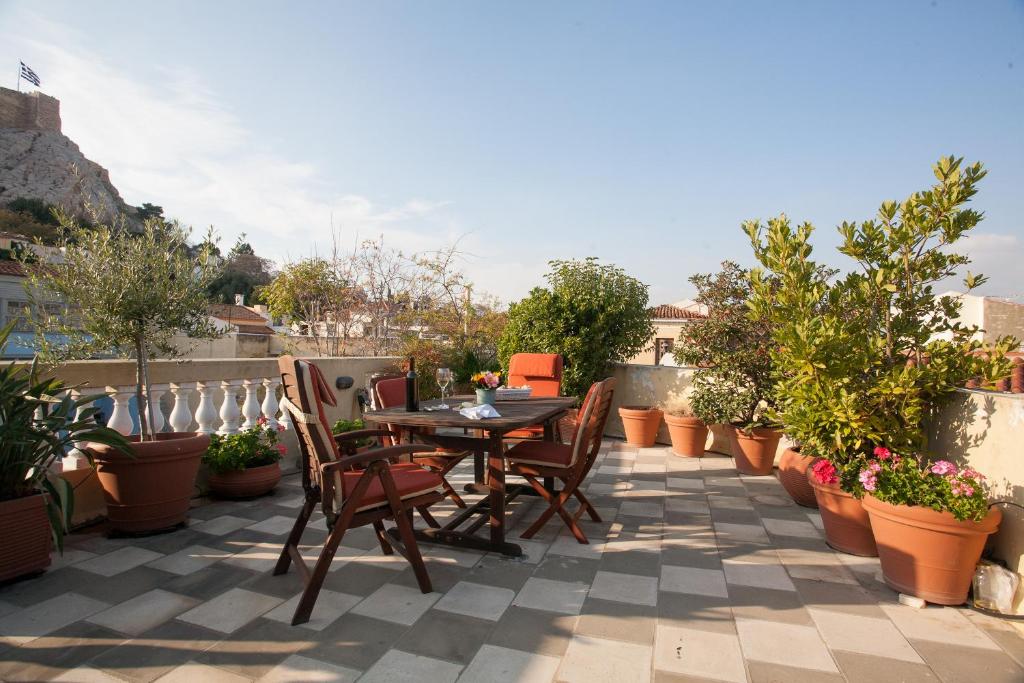
House at the Foothills of Acropolis (can host up to 6 guests). An amazing large, light, and airy house with a terrace right across from Acropolis, in Plaka.
Roman Agora Opening Hours & Tickets
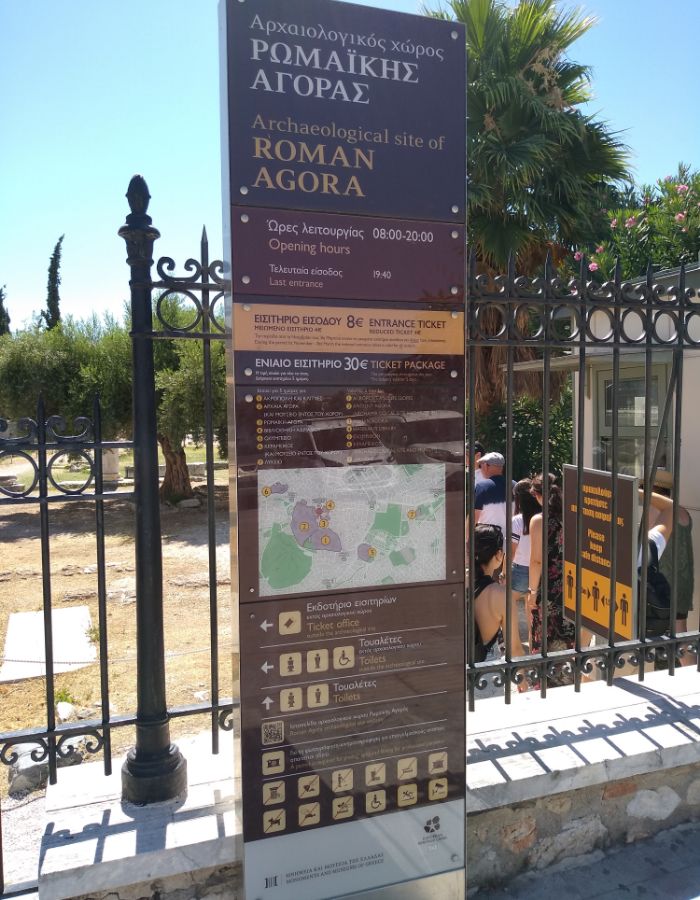
Roman Agora Tickets: If you are visiting Athens for the first time, then you should buy the Athens multi-pass ticket that gives you access to 7 major sites for the current price of €30 which is valid for 5 days. The sites that you can visit are:
- Acropolis Hill and Slopes
- Ancient Agora of Athens and its Museum
- Roman Agora
- Kerameikos
- Hadrian’s Library
- Aristotle’s Lyceum
- Olympieio (Temple of Olympian Zeus)
The entrance ticket to the Roman Agora is €8 per person for the time between April and October and €4 between November and March. Half-Price Entrance (not valid for the combo ticket): All archaeological sites in Greece have a half-price ticket from November 1 to March 31. All sites take both credit cards and cash and offer an official ticket.
Free Entrance: From November to March, admission is free on the first Sunday of the month and on the dates March 6th, April 18th, May 18th, the last weekend of September, and October 28th.
Roman Agora of Athens Summer Opening Hours 8:00-20:00.
How to Get to Roman Agora
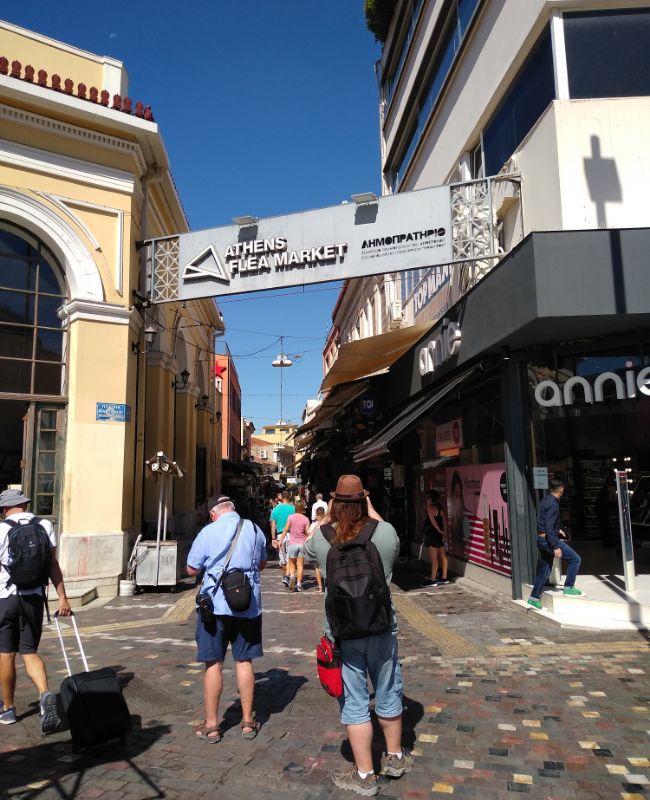
The Roman Agora is a 5-minute walk from the Monastiraki metro station towards Plaka and Acropolis Hill. As you get off the station on your left hand you will see the archaeological site of Hadrian’s Library. If you continue walking for 2 blocks straight ahead you will find the Roman Agora on your left-hand side. If you find directions confusing, check the Map of the Roman Agora of Athens below:
Athens Quick Reference
Cool Things to Buy from Amazon
- Alexander The Great Head Marble Bust (Made in Greece)
- Athena Goddess Alabaster Statue
- Design Toscano Water Maidens Wall Sculptures
Plan My Trip to Greece
Do you need a custom travel itinerary or a transfer within Greece? Are you traveling solo, with your family or friends and need a tailor-made multi-day tour or a transfer?
If yes, please visit my dedicated Plan My Trip Page for a free itinerary!
Did you visit the Roman Agora of Athens?
Let me know what you think about visiting Roman Agora in the comments, I’d love to hear whether I managed to get it onto your bucket list! Till next time, Evgenia❤️
My Most Popular Articles
Greece Packing List – What to pack for a 10-day trip to Greece
Mamma Mia Greece Locations – All the mainland and island shooting areas
Salamina Island – So close to Athens, so unknown to the mass tourism
Kefalonia Island – Belonging to the Ionian group like Corfu island
First Time in Greece? – All the info you need to know!
How to Get to Athens Port (Piraeus) from Athens Airport

- Bus: If you are arriving at Athens International Airport you can travel straight to the port by taking the X96 express bus (€5.5, children <6 yo, free entrance), which departs every 40 minutes and the average trip lasts 1 hour – runs 24/7.
- Metro: (€9) is easily found across airport arrivals (blue line – M3) going directly to Piraeus port. The average trip to Piraeus lasts 1 hour.
- Taxis are available in front of the airport (around €40 to Athens, €55-60 to Piraeus (depending on the traffic in Kifisos), and take up to 3 or 4 people with small luggage)
- Rent a car with Discover Cars for reliable, new cars at affordable prices
- You don’t like driving but love hassle-free solutions? Book a Private transfer with an English-speaking driver from Athens International Airport to Piraeus Ferries, or anywhere else in Greece
- Are you looking for domestic flights in Greece? Check out the official Aegean Airlines Website.
Essential Travel Info for Greece
- ‘Hello’ and ‘Thank You’ in Greek: “Ya sou” and “Efharisto”
- Booking.com: I use Booking.com mostly for Europe. It has over 1 Million properties to choose from, including everything from hotels to apartments and even hostels. And free cancellation!
- Expedia: I use Expedia for the best hotel descriptions and amenities and a rewards points system for the rest of the world.
- All-Inclusive Resorts in Greece
- FerryScanner to book ferries to the Greek Islands
- Rent an Affordable Car in Greece
- Athens Metro Website (timetables and ticket info)
- Map of Athens Metro
- Trains (Hellenic Train)
- Public Buses KTEL
- Get Your Guide: For all your day or multi-day tours and city guide needs, I use Get Your Guide
- Emergency Numbers Anywhere in Greece: AMBULANCE 166 – FIRE 199 – POLICE 100– EMERGENCY NUMBER 112
